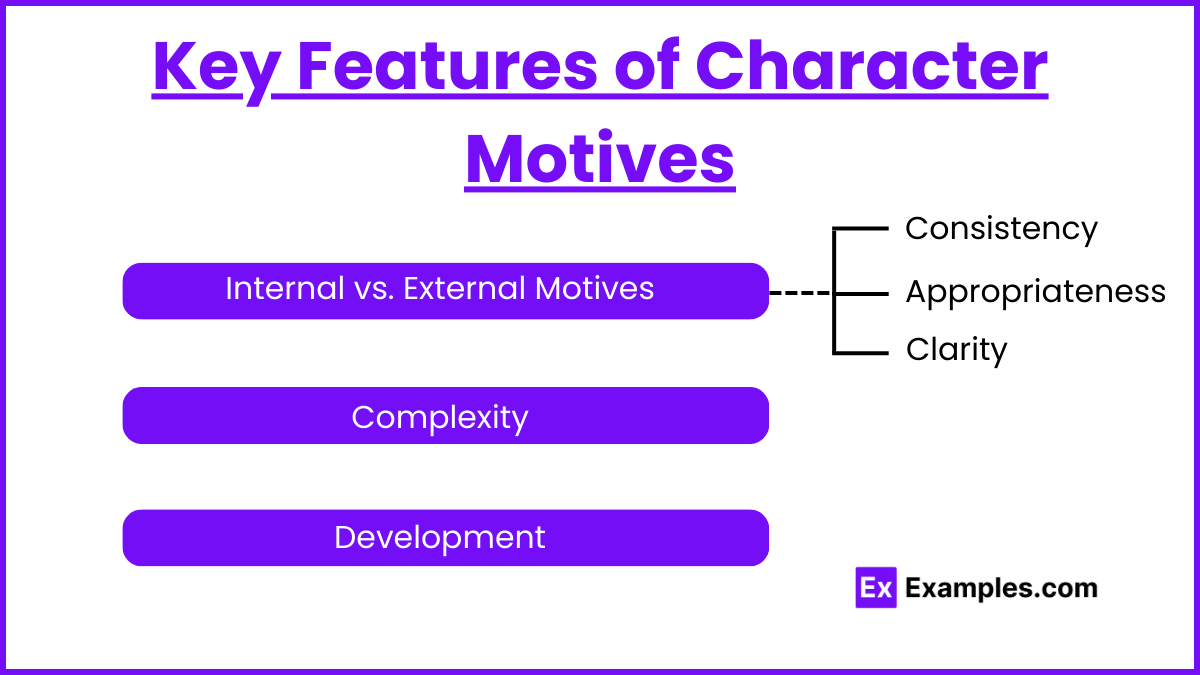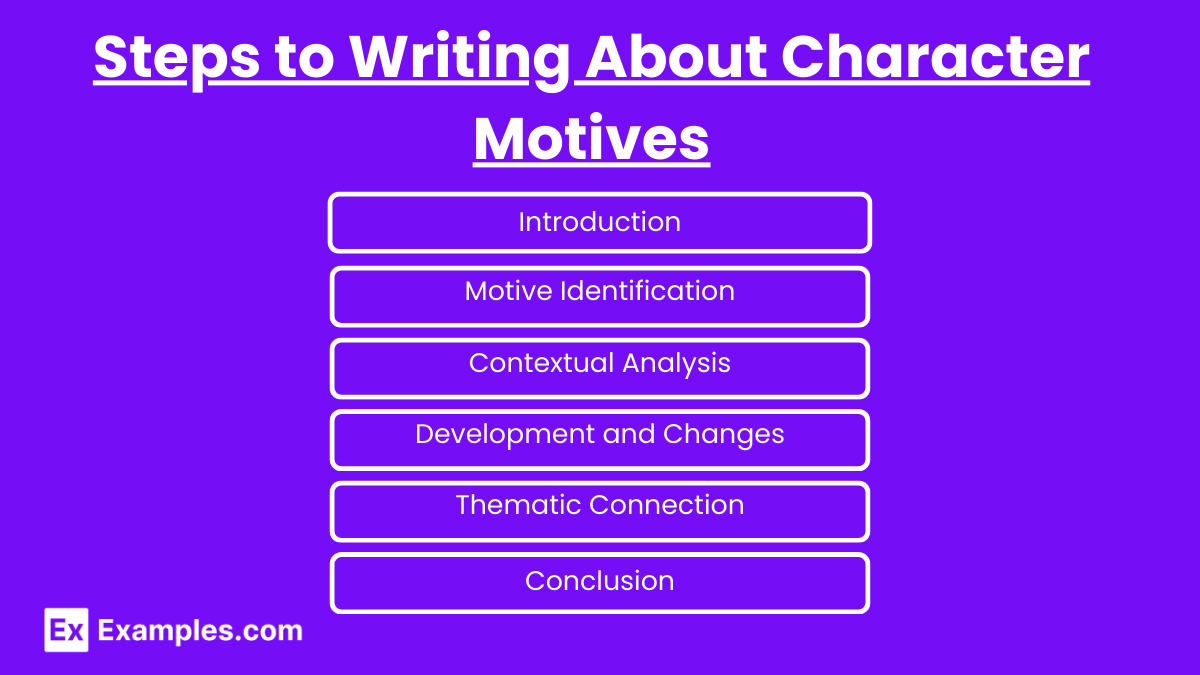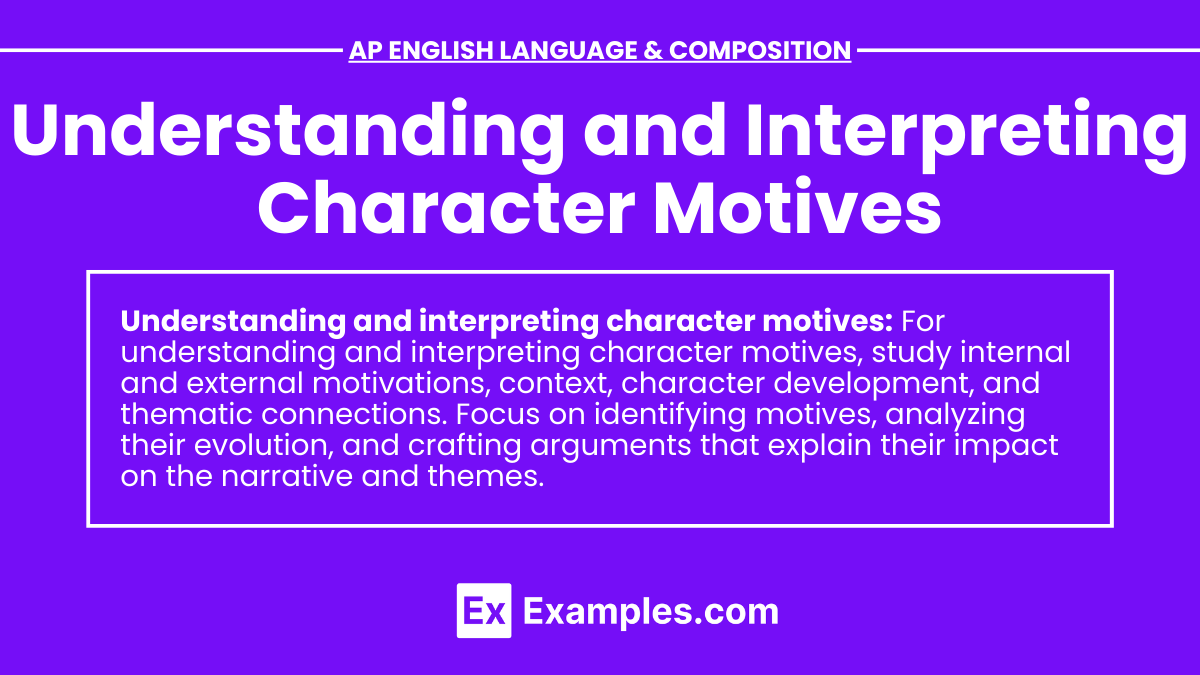In the study of AP English Language and Composition, understanding and interpreting character motives is crucial for a deep and nuanced analysis of literature. By examining the underlying reasons behind a character's actions, students can craft rhetorical sentences that persuasively convey their interpretations, and develop cumulative sentences that detail the complexities of these motivations. This skill is essential for argumentative speech and argumentative writing, as it enables students to build strong, evidence-based arguments that explore the psychological and contextual factors driving character behavior. Analyzing character motives not only enriches literary comprehension but also enhances critical thinking, allowing students to construct more compelling and insightful argumentative essays.
Free AP English Literature and Composition Practice Test
Learning Objectives
By the end of this lesson on understanding and interpreting character motives, students will be able to construct cumulative sentences that intricately detail the various motivations of characters, write an explanatory essay that explores the depth and complexity of these motives, and develop an expository essay that outlines the impact of character motives on the plot and theme. They will also learn to create rhetorical sentences that effectively highlight the significance of these motives, formulate a final thesis statement that encapsulates their analysis, and enhance their critical thinking skills by evaluating the psychological and contextual factors that drive character behavior.
Definition of Character Motives
Character motives refer to the reasons behind a character's actions, decisions, and behaviors within a narrative. Understanding these motives is crucial for analyzing and interpreting literature, as it provides insight into the character's personality, relationships, and the overall themes of the work.
Key Features of Character Motives

Internal vs. External Motives:
Internal Motives: Driven by personal desires, emotions, and psychological states.
External Motives: Influenced by external factors such as societal expectations, relationships, and circumstances.
Complexity: Characters often have multiple, sometimes conflicting, motives that add depth and realism to their portrayal.
Development: A character's motives can evolve throughout the story, reflecting their growth and changes in the narrative.
Examples of Character Motives in Literature
Hamlet in Hamlet by William Shakespeare: Hamlet's motive for revenge is driven by a complex mix of grief, anger, and a sense of duty.
Jay Gatsby in The Great Gatsby by F. Scott Fitzgerald: Gatsby's motive to reunite with Daisy is fueled by his idealism, love, and desire to reclaim the past.
Lady Macbeth in Macbeth by William Shakespeare: Her ambition and desire for power drive her actions, leading to tragic consequences.
Analyzing Character Motives

Identify the Motive: Determine the driving force behind the character's actions. Look for explicit statements and implicit hints in the text.
Contextual Analysis: Consider the context in which the character operates, including historical, social, and personal factors.
Character Development: Track how the character's motives change over time and what causes these changes.
Impact on Plot and Theme: Analyze how the character's motives influence the plot and contribute to the overall themes of the work.
Key Terms
Motivation: The underlying reasons for a character’s behavior.
Conflict: The opposition between different motives, both internal and external.
Desires and Fears: Fundamental elements that drive character motives.
Character Arc: The transformation or inner journey of a character over the course of a story.
Steps to Writing About Character Motives

Introduction: Introduce the character and provide a brief overview of their motives within the story.
Motive Identification: Clearly identify and describe the primary motives driving the character’s actions.
Contextual Analysis: Discuss the context that shapes these motives, including relevant background information.
Development and Changes: Analyze how the character’s motives evolve throughout the story and what events trigger these changes.
Thematic Connection: Explain how the character’s motives relate to the broader themes of the work.
Conclusion: Summarize the significance of understanding character motives in the context of the narrative and themes.


